Disclosure: This article contains affiliate links. We may earn a commission from purchases at no extra cost to you, which helps our travel content.
I've always believed that the most memorable travel experiences happen when you step off the tourist trail. After years of plotting routes through Mediterranean coastal towns and Southeast Asian metropolises, I found myself drawn to the less-charted territories of Africa. Nampula – Mozambique's third-largest city and the unofficial capital of the country's northern region – offered exactly the kind of authentic immersion I crave, without the price tag of more popular African destinations. What followed was two weeks of cultural discovery that reminded me why I started traveling in the first place.
Finding Your Feet in Nampula City
Nampula doesn't ease you in gently. It's a sensory explosion from the moment you arrive – the colorful capulanas (traditional fabric) worn by women, the symphony of Portuguese and Makhuwa languages, and the constant motion of people going about their daily lives.
I stayed at Ruby Backpackers, a modest but clean guesthouse where a private room with a fan cost me just 1200 meticais (about $18) per night. The real value wasn't just the price but the owner, Augusto, whose family has lived in Nampula for generations. Through him, I learned which chapas (minibuses) to take, which neighborhoods to explore, and how to greet people in Makhuwa.
Navigating the city requires patience and a sense of adventure. While I usually rely on my pocket translator when traveling through regions with language barriers, in Nampula I found that a few basic Portuguese phrases and animated gesturing went surprisingly far. The central market became my orientation point – all roads seemed to lead there eventually, and locals were quick to point me in the right direction when I inevitably got lost in the labyrinthine side streets.
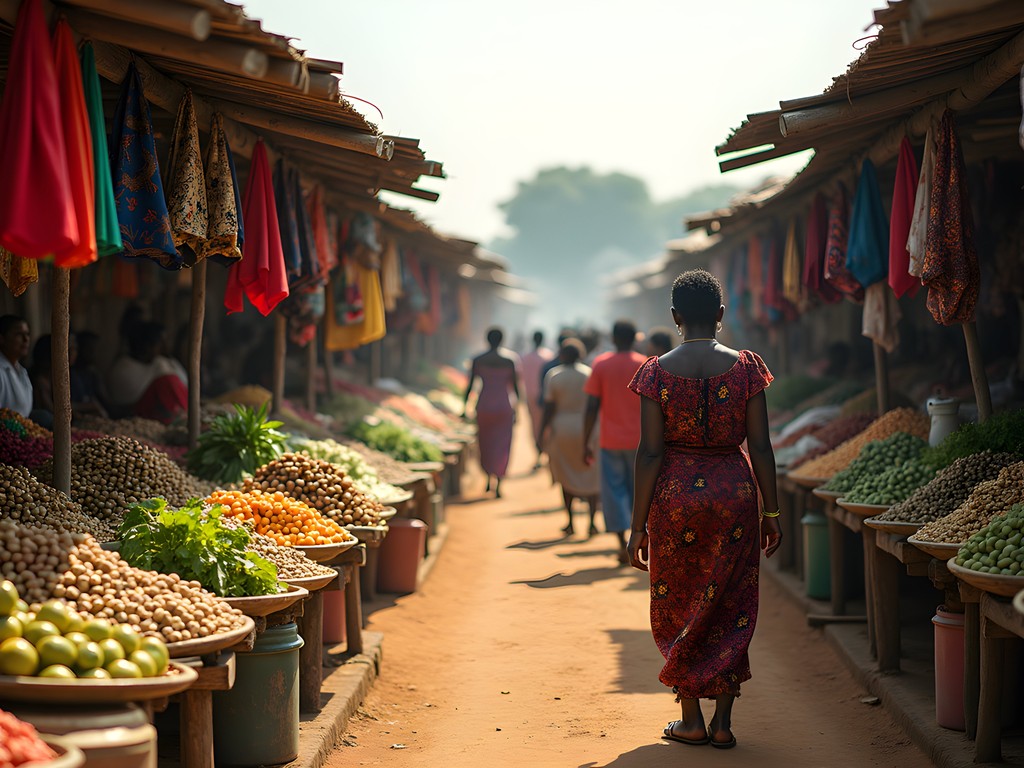
💡 Pro Tips
- Learn basic greetings in both Portuguese and Makhuwa
- Ask your accommodation to write down their address and your destination in Portuguese to show drivers
- The central market (Mercado Central) is the main reference point for navigation
Daily Rhythms & Budget-Friendly Living
My days in Nampula quickly fell into a rhythm that matched the city's own pace. Mornings began early, before the heat intensified, with a walk to nearby bakeries for fresh pão (bread) and strong coffee that cost mere pennies. By 7 AM, the streets were already alive with activity.
Food costs in Nampula are remarkably low if you eat where locals do. The central market offers fresh produce at prices that made me laugh out loud – a week's worth of mangoes, papayas, and bananas for less than $5. For cooked meals, small roadside establishments serve hearty portions of matapa (cassava leaf stew) and grilled chicken with xima (corn porridge) for about 150-200 meticais ($2-3).
Staying hydrated is essential in Nampula's heat. Rather than constantly buying plastic water bottles, I brought my trusty water purifier bottle, which paid for itself within days and prevented dozens of plastic bottles from ending up in Nampula's already strained waste system.
Transportation follows the same budget-friendly pattern. Chapas (shared minibuses) connect all parts of the city for 10-15 meticais (about 15-25 cents) per trip. They're crowded and follow no discernible schedule, but they're how locals move around, and the conversations I had while squeezed between market women and their goods provided some of my most memorable insights into daily life.
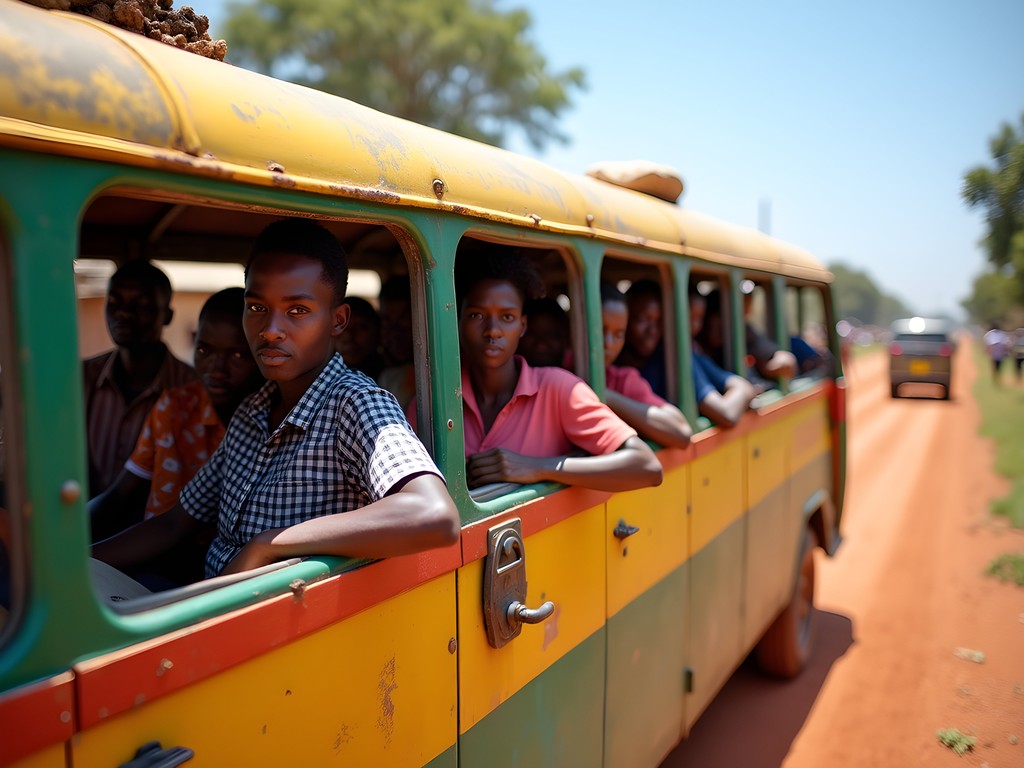
💡 Pro Tips
- Shop at the central market in the morning for the freshest produce
- Look for restaurants where locals are eating – they're often hidden in residential areas
- Carry small bills for chapas as drivers rarely have change
Cultural Immersion Beyond the Guidebooks
The Museum of Ethnology in central Nampula is worth a visit for its collection of Makonde sculptures and cultural artifacts, but the real ethnographic experience happens outside its walls. On my third day, I met Luisa, a teacher who invited me to observe her English class at a local school. What was meant to be a one-hour visit turned into a week-long volunteer opportunity, giving me unprecedented access to family life in Nampula.
Through Luisa's connections, I was invited to a traditional Makhuwa ceremony in a village about 30 kilometers outside the city. Preparation involved purchasing a capulana (about 250 meticais/$4) to wear appropriately and bringing a gift of cashews and coffee for the village elders. The experience was profound – hours of drumming, dancing, and communal eating that no organized tour could have provided.
For those interested in Mozambique's complex history, I found that older residents were often eager to share stories of the colonial period, independence, and civil war. At a local barber shop where I stopped to escape the midday heat, the owner spent an hour recounting how Nampula changed during these pivotal periods while showing me faded photographs of the city from the 1970s.
When venturing into more remote areas, I relied on my solar charger to keep my phone powered, as electricity can be unreliable outside the city center. It became a conversation starter with curious locals who would gather to watch it harness the abundant Mozambican sunshine.
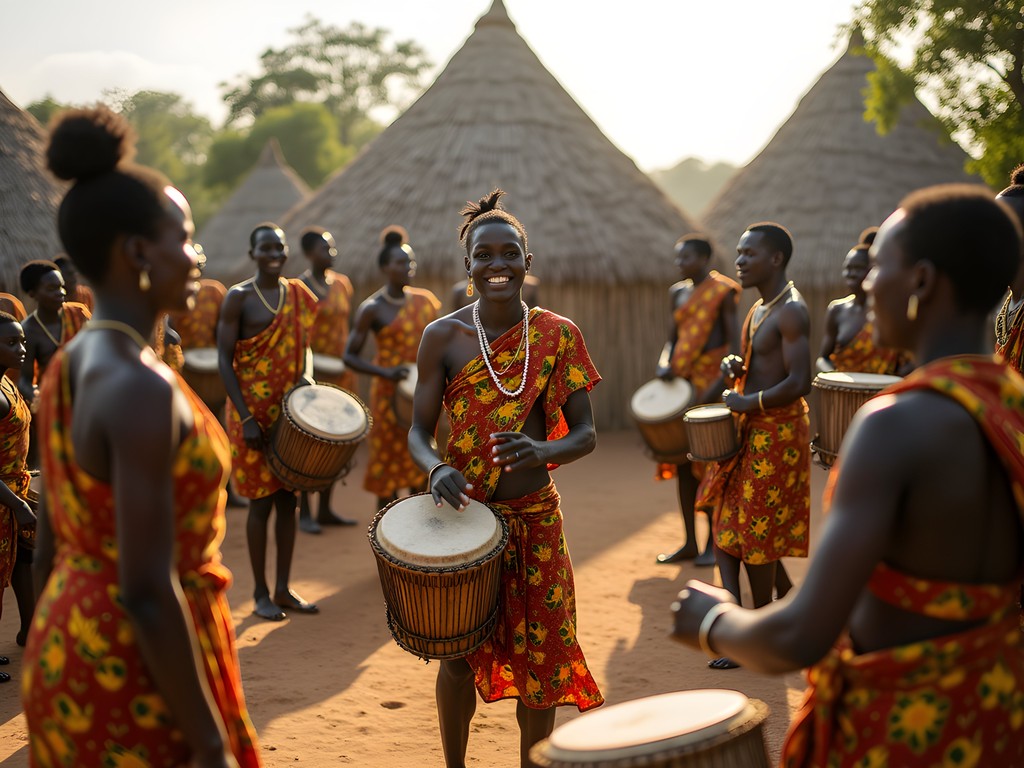
💡 Pro Tips
- Visit the Faculty of Education at Universidade Pedagógica – many students are eager to practice English and show visitors around
- Attend Sunday services at the Catholic cathedral even if you're not religious – it's a cultural experience and a way to meet people
- Respect the traditional authority structure in villages – always greet elders first
Day Trips & Excursions from Nampula
While Nampula itself kept me busy, the surrounding region offers remarkable experiences for the adventurous traveler. Ilha de Moçambique (Mozambique Island), a UNESCO World Heritage site, is the most famous excursion – about 3 hours by chapa or faster by shared taxi (400 meticais/$6 one-way). I opted to stay overnight in a modest guesthouse on the island (800 meticais/$12) to fully appreciate the haunting beauty of this former Portuguese colonial capital.
Less visited but equally fascinating is the sacred mountain of Namuli, considered the birthplace of the Makhuwa people. Arranging this trip required patience – I hired a local guide through contacts at Ruby Backpackers for 1500 meticais ($23) for the day, plus transportation costs. The hike is challenging but rewarding, with views across vast stretches of northern Mozambique and encounters with communities rarely visited by outsiders.
For these longer excursions, I was grateful for my anti-theft daypack, which kept my passport and emergency cash secure while navigating crowded bus stations and unfamiliar areas. It's discreet enough not to scream 'tourist' yet provides peace of mind in situations where you need to be vigilant.
Nacala, with its stunning beaches, is another worthwhile day trip. The contrast between Nampula's bustling urban energy and the pristine coastline just 200 kilometers away showcases Mozambique's diversity. The journey takes about 3-4 hours by chapa with a few transfers, but the reward is access to beaches that would command premium prices elsewhere in the world, at a fraction of the cost.
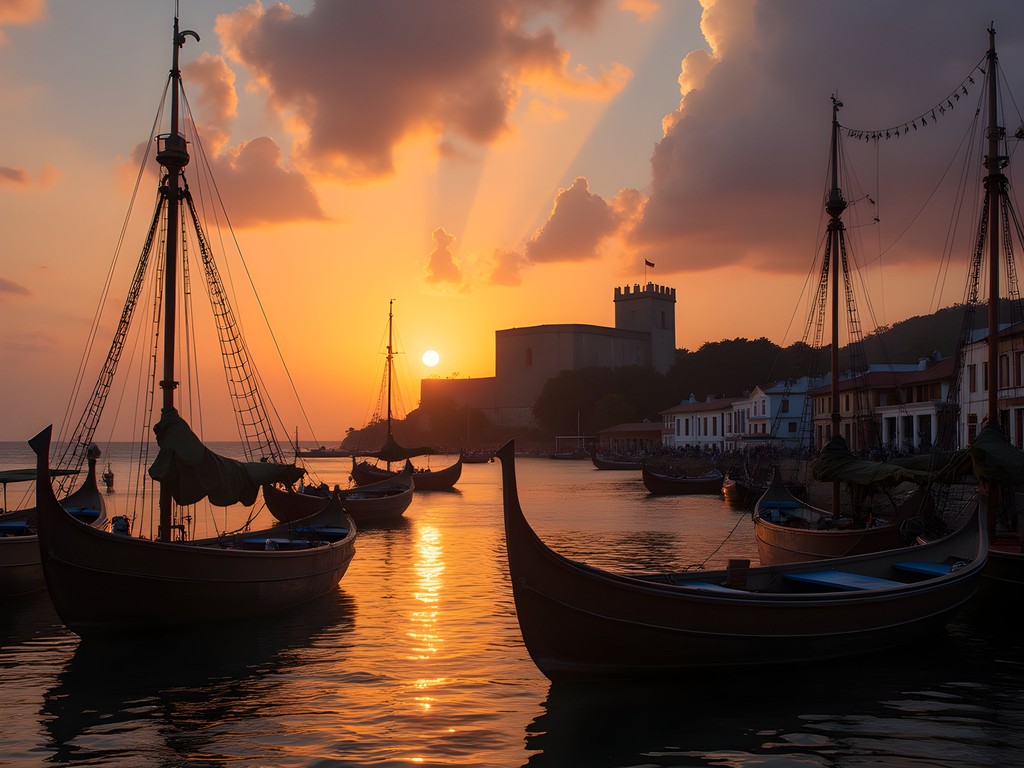
💡 Pro Tips
- For Ilha de Moçambique, leave early (around 6 AM) to maximize your time on the island
- Carry your own toilet paper and hand sanitizer for long journeys – facilities are basic
- Always negotiate prices for guides and transportation before departing
Practical Challenges & How to Overcome Them
Let's be honest – Nampula isn't for travel novices. The city presents genuine challenges that require patience, flexibility, and experience. Power outages occur regularly, sometimes lasting hours. Internet connectivity is unreliable at best. ATMs frequently run out of cash, particularly on weekends.
I came prepared with a power bank that could recharge my phone multiple times – essential when electricity disappeared for 12 hours in my neighborhood. Similarly, having a LifeStraw gave me options when the water supply became questionable after heavy rains.
Safety requires common sense rather than paranoia. I avoided walking alone after dark and kept my valuables in a money belt when navigating crowded areas. The biggest risk I encountered was petty theft rather than violent crime, and maintaining awareness of my surroundings prevented any incidents.
Language presented another hurdle. While Portuguese is the official language, many older residents and those from rural areas speak primarily Makhuwa. I downloaded Portuguese language packs for offline use in Google Translate and carried a small notebook where I wrote down useful phrases. Learning to count in Portuguese and understanding basic food terms proved invaluable at markets.
Health precautions are non-negotiable. I took malaria prophylaxis, used mosquito repellent religiously (especially at dawn and dusk), and carried a basic medical kit. Finding a pharmacy that stocked familiar medications was challenging, so bringing essentials from home was a decision I didn't regret.
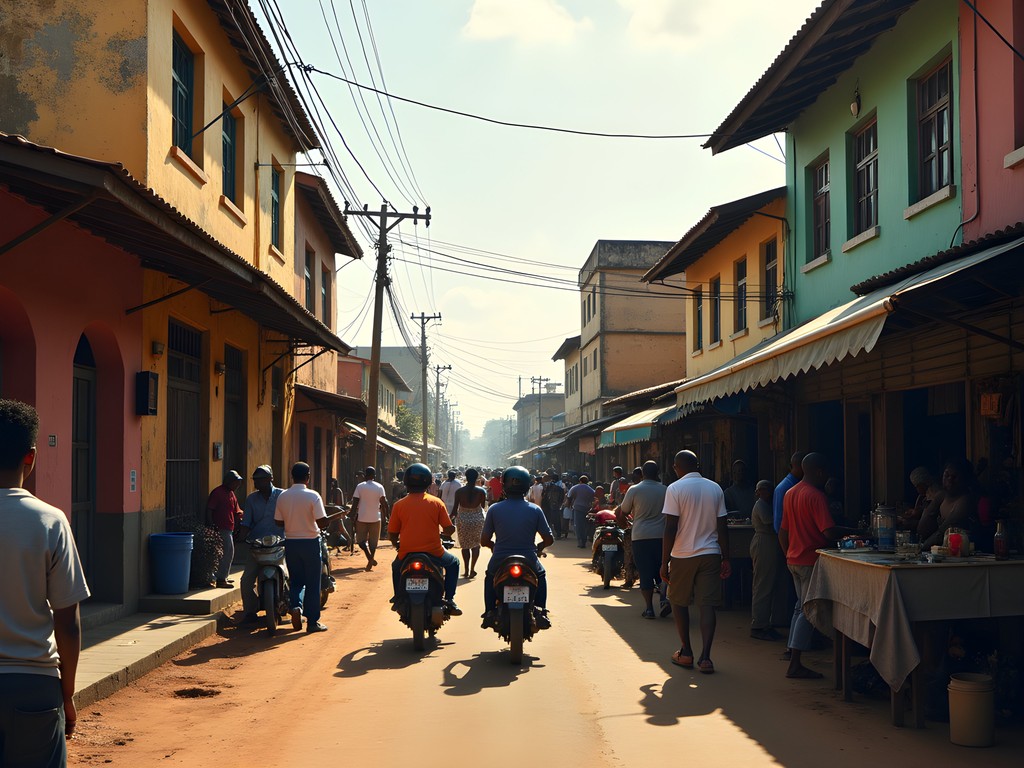
💡 Pro Tips
- Withdraw money whenever you find a functioning ATM – don't wait until you're nearly out of cash
- Take a photo of your passport and email it to yourself in case of loss or theft
- Register with your country's embassy in Mozambique before traveling to Nampula
Final Thoughts
As my chapa pulled away from Nampula for the last time, heading toward the airport, I felt that peculiar mix of sadness and fulfillment that comes from truly connecting with a place. Nampula had challenged me daily – with its heat, language barriers, infrastructure limitations, and cultural differences – yet rewarded me immeasurably with genuine human connections and experiences impossible to find in more polished destinations.
This isn't a city that will coddle you with tourist amenities or Instagram-perfect settings. It's raw, complicated, and sometimes frustrating. But for travelers willing to embrace discomfort and uncertainty, Nampula offers something increasingly rare: an authentic glimpse into a way of life untouched by the homogenizing forces of global tourism.
I came to Nampula seeking to live like a local and left with a profound appreciation for the resilience, generosity, and joy I encountered daily. The memories I treasure most aren't of monuments or museums but of shared meals with new friends, impromptu language lessons from giggling children, and the simple triumph of successfully navigating the chapa system alone. If that's the kind of travel experience you value, Nampula awaits – no champagne budget required.
✨ Key Takeaways
- Nampula offers authentic cultural immersion at budget prices for experienced travelers
- Learning basic Portuguese phrases is essential for meaningful interactions
- Building connections with locals provides access to experiences no guidebook can offer
- The challenges of traveling in Northern Mozambique are balanced by the rewards of genuine discovery
📋 Practical Information
Best Time to Visit
May to October (dry season)
Budget Estimate
$25-40 per day including accommodation, food, and local transportation
Recommended Duration
Minimum 1 week, ideally 2 weeks
Difficulty Level
Challenging


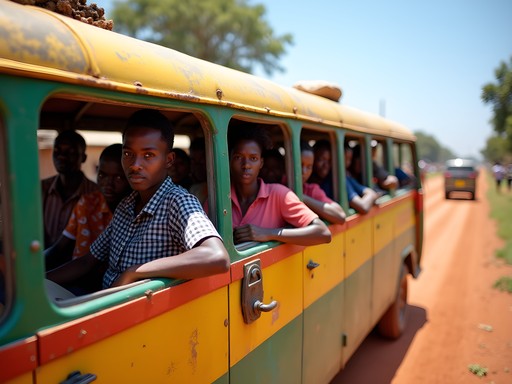
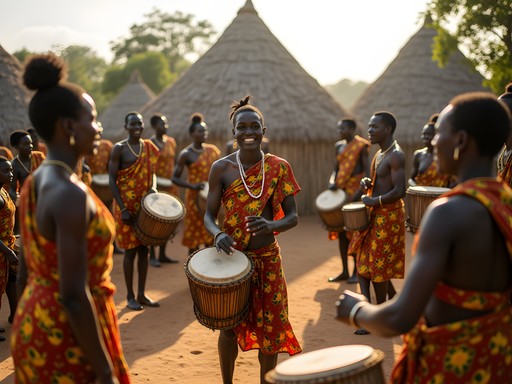
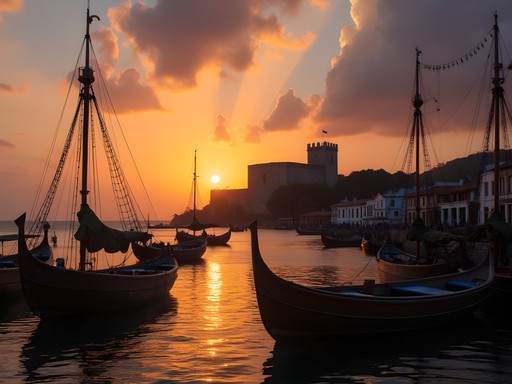
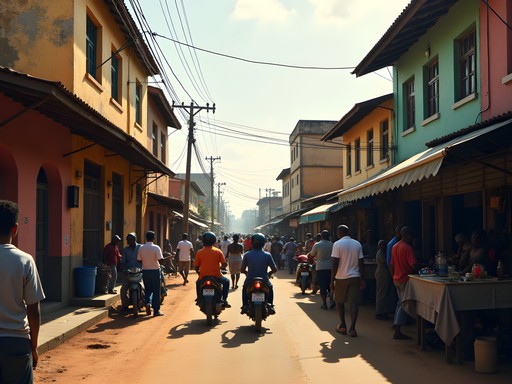


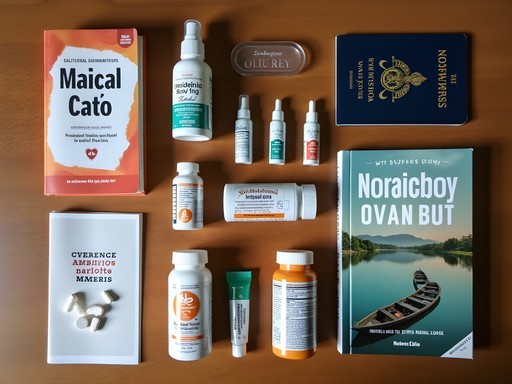

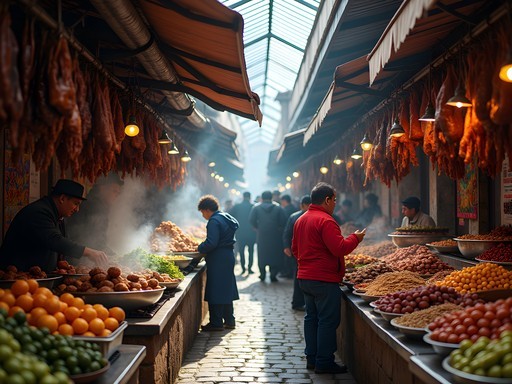

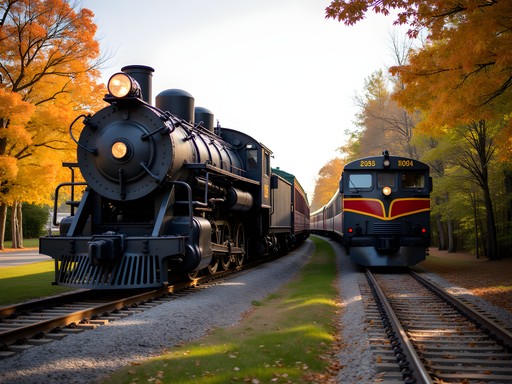

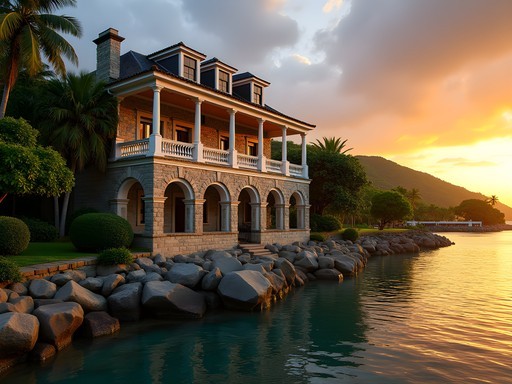

Comments
wildwanderer
Your post convinced me! Just booked tickets to Mozambique for January! Can't wait to try those chapas you mentioned!
adventureseeker
You're going to love it! I went after reading this post too. The chapas are an adventure in themselves lol
freeguy
Just got back from Mozambique and your guide was spot on! One tip for anyone heading there: the central market in Nampula gets super crowded by 10am. Go early (7-8am) for a much more relaxed experience and better prices when bargaining. Also, if you're heading to Ilha de Moçambique, consider staying overnight - the sunset views are incredible and it's a totally different vibe once the day-trippers leave.
vacationhero
Going to Mozambique in November! How much should I budget per day for Nampula?
Jamie Ferguson
I found $30-40 USD/day was plenty for budget travel - that included basic but clean accommodation, local food, and transportation. If you want more comfort, $60-80/day would get you nice hotels and better restaurants. The chapas (minibuses) are super cheap!
Timothy Jenkins
Excellent guide, Jamie! I spent three weeks across Northern Mozambique last autumn and your descriptions capture the essence perfectly. One thing I'd add for readers planning a visit: the mobile data situation has improved dramatically in the last year. I used a local SIM card which gave me surprisingly good coverage even in smaller towns around Nampula. This made navigation and translation so much easier. Also worth mentioning is the incredible hospitality in rural communities. Some of my most memorable experiences came from accepting invitations to share meals with local families. The cassava with coconut sauce in a village outside Nampula remains one of my favorite food memories from Africa. Did you have any standout dishes during your stay?
Jamie Ferguson
Thanks Timothy! Great point about the mobile coverage - it's definitely better than I expected. Food-wise, I became addicted to matapa (cassava leaves with peanut sauce) and the grilled prawns with piri-piri were incredible. There was also this amazing mango and coconut dessert a local family made for me that I'm still dreaming about!
wavepro
How safe is Nampula for solo travelers? Thinking about including it in my Africa trip next year.
freeguy
Not the author but I went solo last year. It's generally safe if you use common sense - don't flash valuables, be aware at night, etc. The locals were incredibly friendly in my experience.
Jamie Ferguson
I'd agree with @freeguy - I felt quite safe as a solo traveler. Just use the same precautions you would in any unfamiliar city. The main areas of Nampula are well-populated and I found people to be helpful rather than threatening.
Frank Carter
Your post brought back so many memories of my time in Mozambique last year! The chapa rides were definitely an experience - I remember being crammed in with 20 people, a few chickens, and someone's entire harvest of cassava. I spent most of my time in Pemba but made it to Nampula for a few days. That central market is incredible. Did you make it out to Ilha de Moçambique? That was the highlight of my northern Mozambique adventure - the blend of Portuguese colonial architecture and local culture was fascinating. The seafood there was some of the best I've had anywhere in the world!
Jamie Ferguson
Yes! Ilha de Moçambique was amazing - I mentioned it briefly in the day trips section. Those crumbling colonial buildings next to the vibrant local culture was such a contrast. And agree about the chapas - never knew how many people could fit in one vehicle until Mozambique!
greenphotographer3262
Those market photos are STUNNING! The colors are so vibrant! What camera do you use?
adventureseeker
Great post! How did you manage with the language barrier in Nampula? I've heard Portuguese is the main language there but wondering how common English is?
Jamie Ferguson
Thanks! Portuguese is definitely dominant, but I found that in touristy areas and hotels, basic English was understood. Learning a few Portuguese phrases went a long way though - locals really appreciated the effort!
adventureseeker
Good to know, thanks! Guess I'll download a language app before my trip.
Mason Ferrari
Jamie's post captures the essence of Nampula perfectly. I'd emphasize that the real magic happens when you connect with local residents. During my stay, I participated in a community cooking class where we prepared matapa (cassava leaf stew) from scratch. The instructor didn't speak much English, but cooking transcends language barriers. For those planning a visit, I'd suggest allocating at least 3-4 days for Nampula city itself before venturing to Ilha de Moçambique or the coast. The cathedral is stunning at sunset, and the surrounding neighborhood comes alive with small food vendors in the evening. One practical note: ATMs can be temperamental, so I'd recommend bringing some USD as backup and exchanging at official bureaus. The local markets operate almost exclusively in meticals, and having small denominations makes transactions much smoother.
exploreguide
Great post! One tip for anyone heading to Nampula - the Museum of Ethnography is often overlooked but absolutely worth a visit. The collection of Makonde sculptures is impressive. Also, if you're there during cashew harvest (Oct-Dec), you can visit some processing facilities just outside the city. Fascinating process and you can buy fresh nuts for a fraction of what we pay back home.
wanderlustseeker
Thanks for the museum tip! Adding it to my list for when I visit next month.
Venture X
Premium card with 2X miles, $300 travel credit, Priority Pass